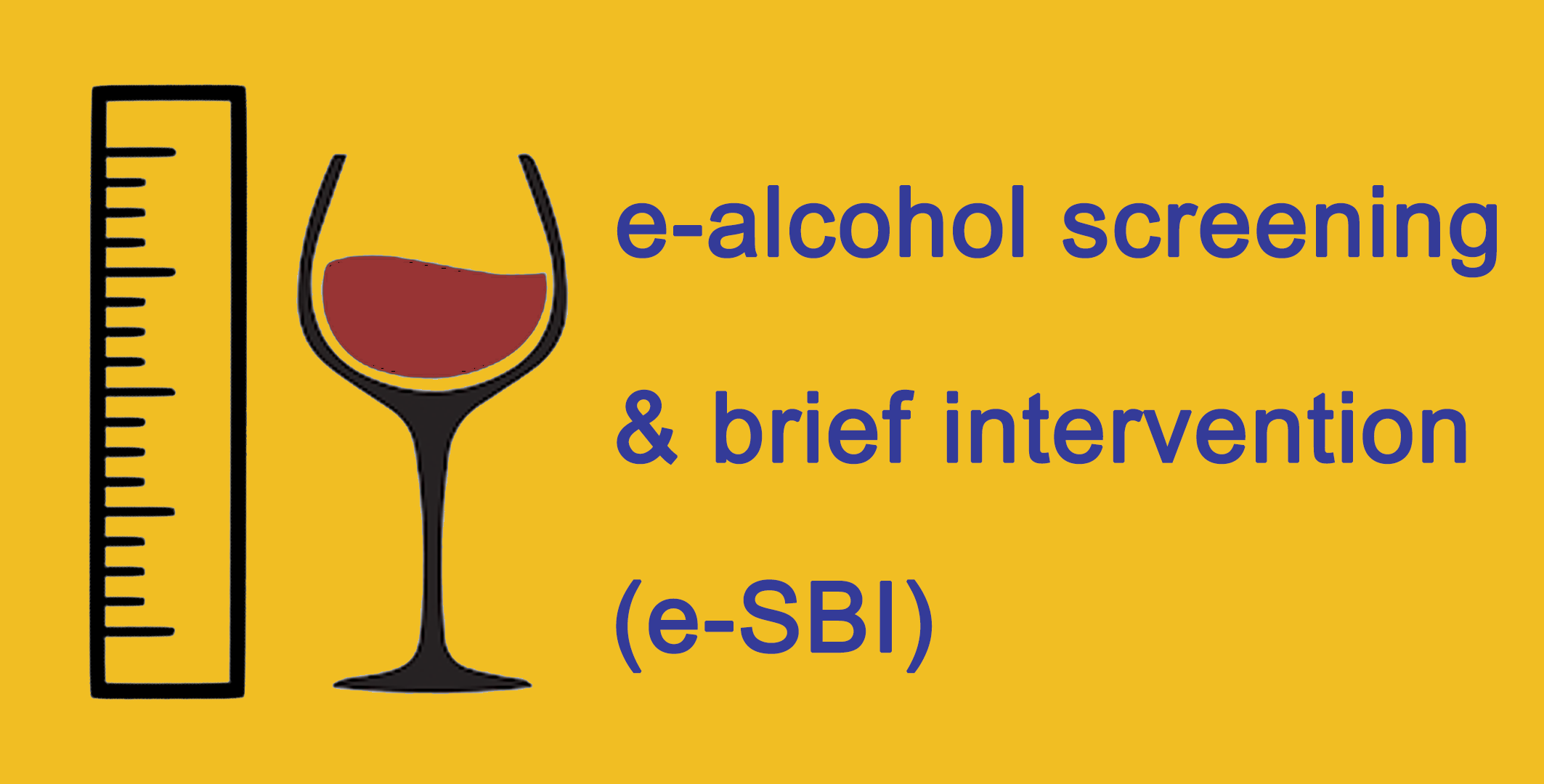Young and Alcohol Free

Background
Young people are prone to the negative effects of alcohol physically, mentally and socially. According to the Narcotics Division, in 2014/15, one in four upper primary school students and one in two secondary school students in Hong Kong had ever drunk alcohol, and 4% and 20% of the respective interviewees did so in past 30 days. As alcohol-related harm has far reaching implications on young people, the Department of Health is determined to strive and work with other stakeholders, as well as the general public, for the “Young and Alcohol Free” vision.
The “Young and Alcohol free” campaign mainly contains various core components, including a public health movement targeting at young people, a territory-wide mass publicity campaign targeting at parents/general public, and liaising with different stakeholders . It is important to adopt a multi-pronged approach for communicating the risk on alcohol-related harm to different audience. On the whole, by making homes and schools free from alcohol, children and youth may grow up in a protected environment where they will not be pressurised to drink.
Target audiences
Youth is a stage when people readily pick up the habit of drinking. Early anti-alcohol intervention targeting at young people can help prevent the initiation of alcohol. A local study revealed that parents tended to underestimate the severity of youth drinking. Parental pro-drinking practices, such as encouragement of drinking, are equally important risk factors for youth drinking in Hong Kong. Hence, young people, together with their parents, teachers and caregivers, are the primary target group of this campaign, by which they should receive special attention to be vigilant about the harm of drinking and stay clear of alcohol.
Aim and objectives
The “Young and Alcohol Free” campaign aims to reduce all types of alcohol-related harm affecting young people. Its objectives include:
- To increase awareness and knowledge of the target audiences on both short term and long term consequences of drinking;
- To educate and promote an alcohol-free lifestyle among young people and the community;
- To engage parents, teachers, public members and other stakeholders in this education process; and
- To gain greater social consensus and support on protecting young people from alcohol.






































